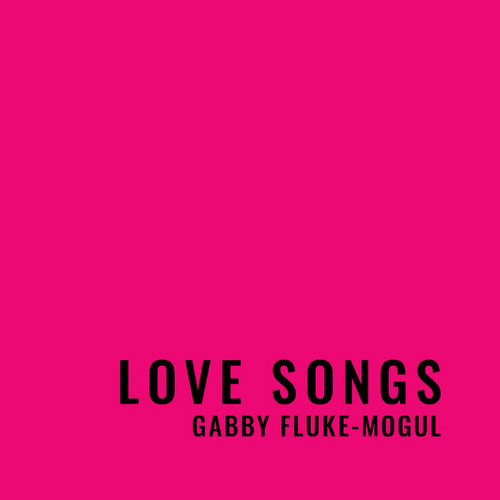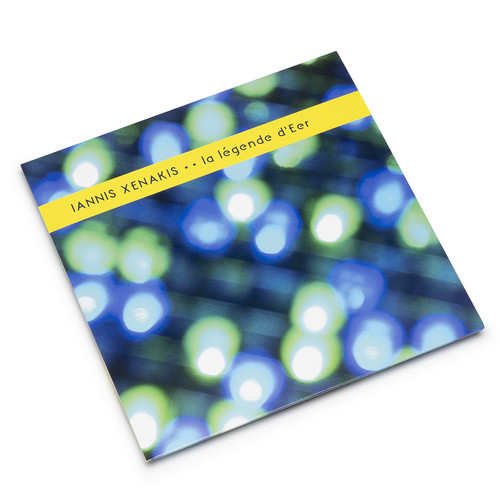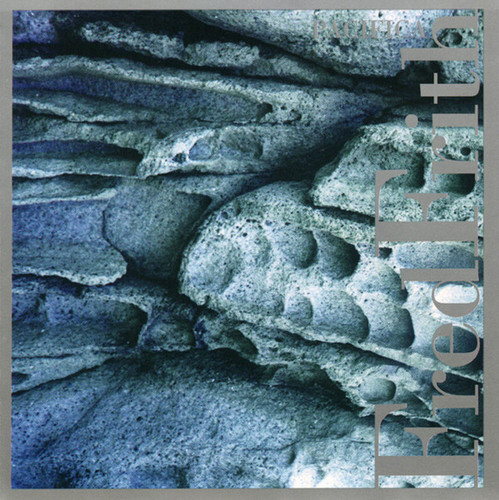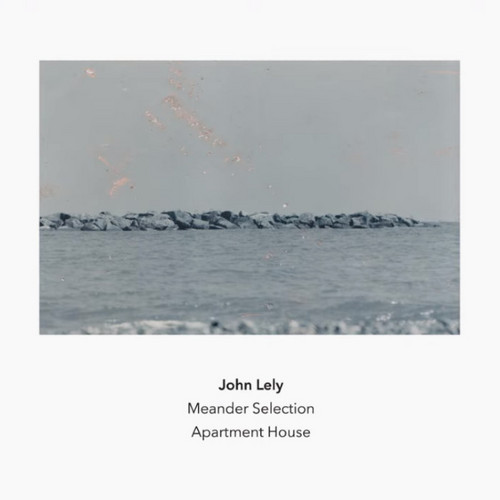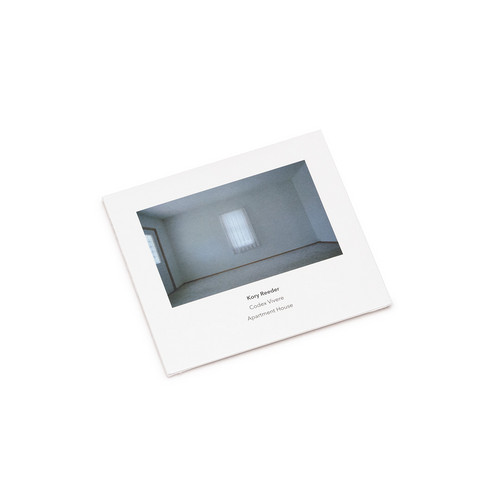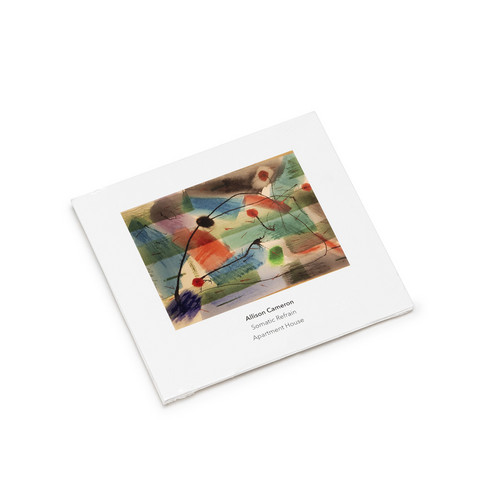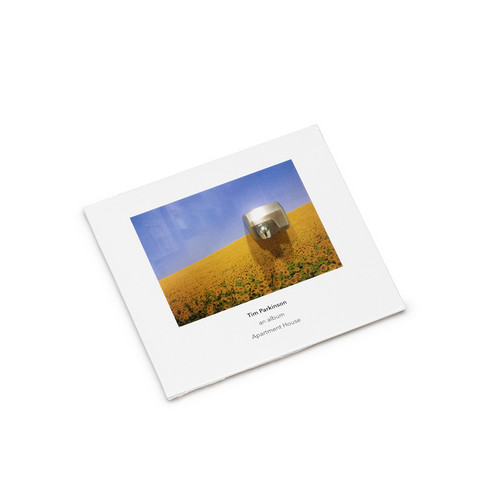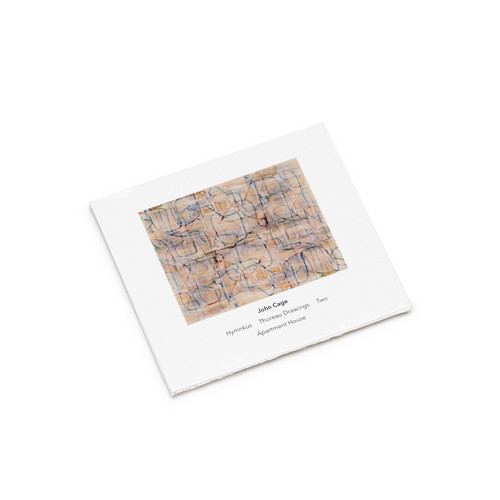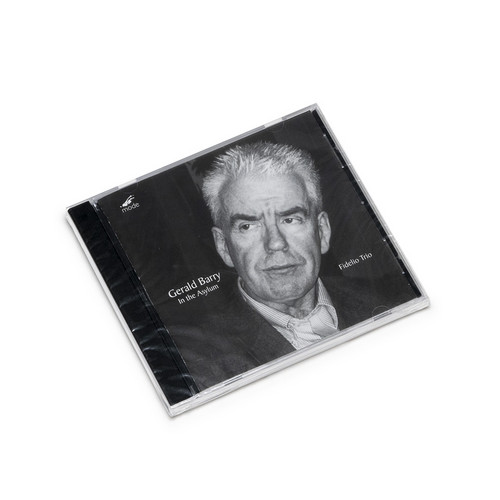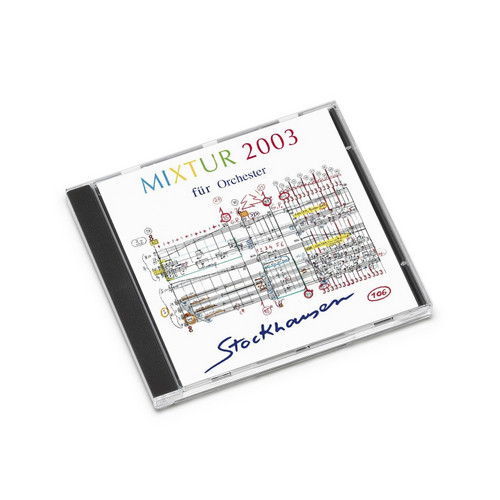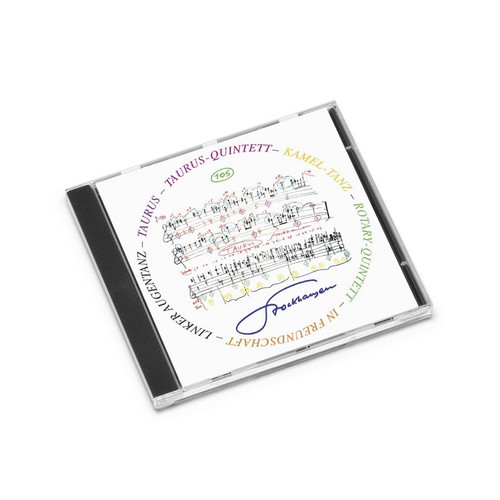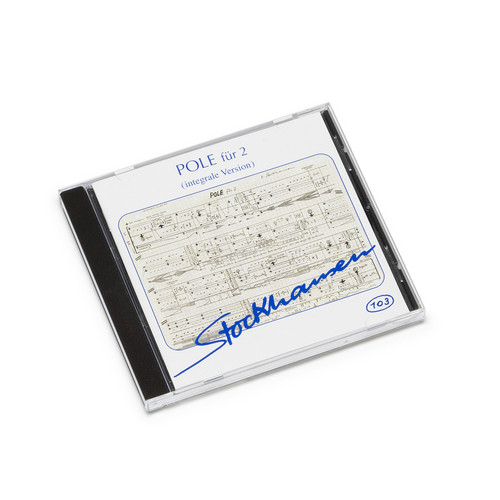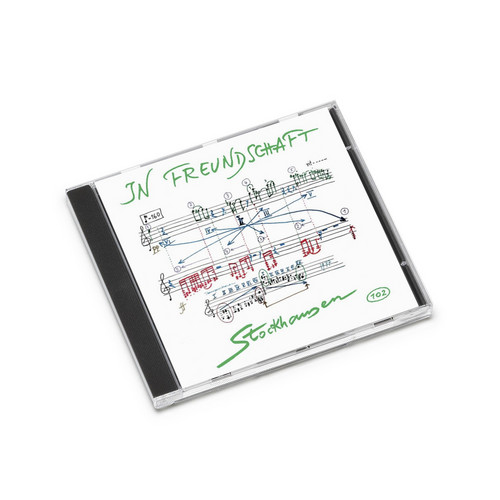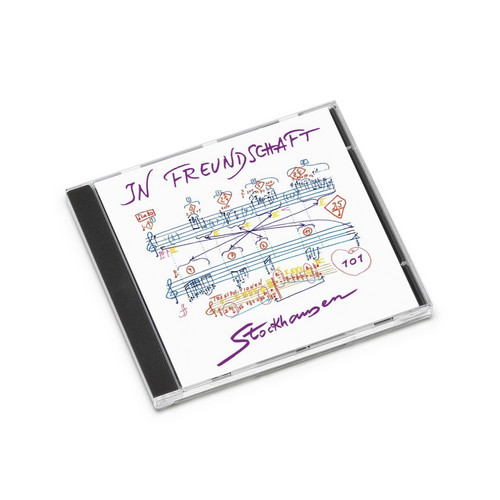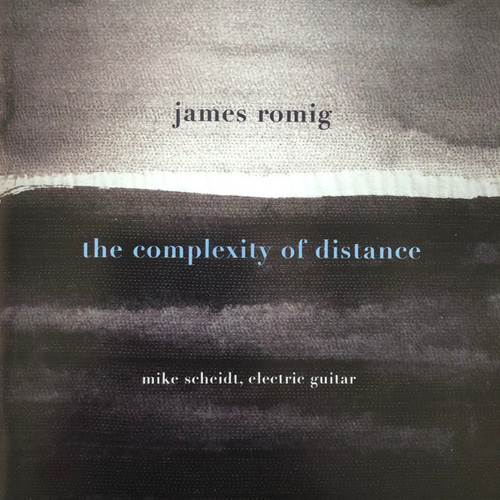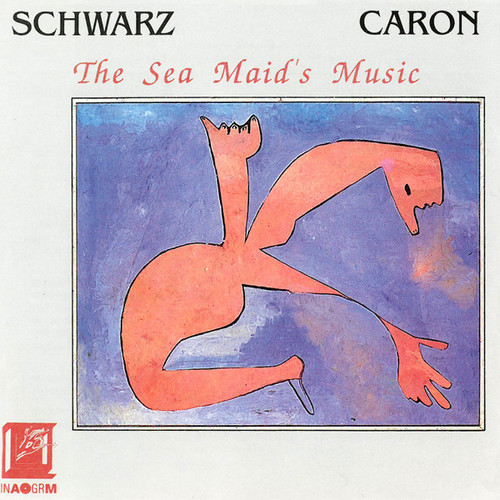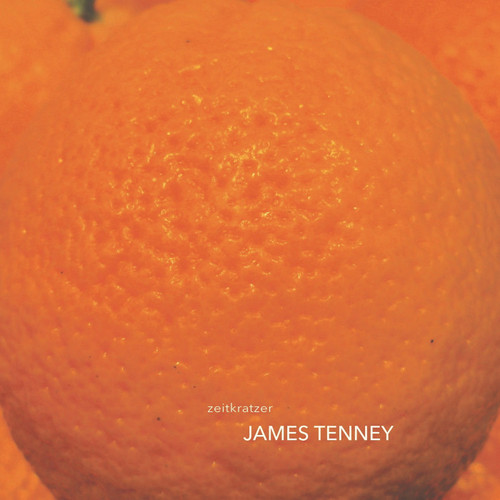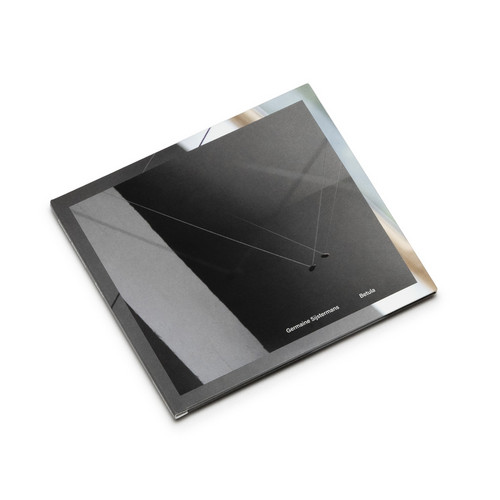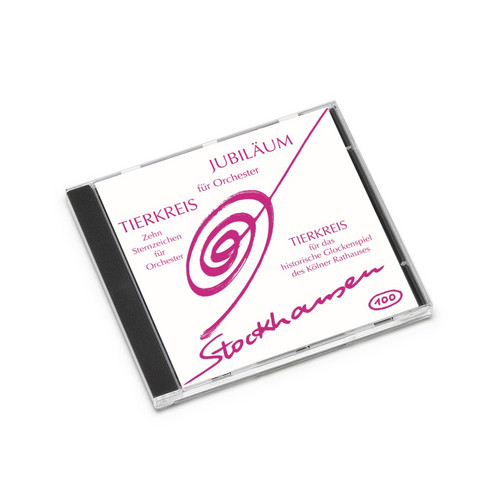Love Songs
"The most striking sound in improvised music in years..." Love Songs by gabby fluke-mogul is a record of seventeen violin compositions for improvisation devoted to the multitudinous hues of intimacy.
Sextet & Double Sextet
*Limited Edition of 500 copies. 2022 stock.* "This release couples two of Reich’s “sextets” for the first time: the Sextet of 1984 and the Pulitzer Prize winning Double Sextet of 2007. A striking difference between the two pieces is that the rhythmic world of Sextet mostly consists of a single-meter grooving, while Double Sextet works in the angular, off-kilter shifting meters reminiscent of Reich’s Tehillim (also of Stravinsky). Ekkozone impart a uniquely chamber music feel and color to these w…
La Legende D'Eer
Tip! Individual LP from the Electroacoustic Works boxset. The second release in the Perihel series is one of the most famous electroacoustic compositions by Iannis Xenakis. When Iannis Xenakis (1922-2001), who had fought against the occupation as part of the communist resistance, moved to Paris in 1947 it was the start of a highly creative and impressive career. Xenakis not only studied composition with Olivier Messiaen and became one of the most innovative composers of the 20th century, he also…
Pacifica
*In process of stocking. 2022 stock.* Pacifica is a major new composition by the world-famous guitarist, improvisor and composer, Fred Frith. Over an hour in length and composed for a large ensemble of winds, strings and percussion, Pacifica sets the poetry of Pablo Neruda into a seductive and hypnotizing sound world that slowly metamorphoses into something altogether different. Lyrical written passages, inspired improvisations, sensual vocals and provocative sound effects all come together into…
Meander Selection
Sublime string quartets, piano works, and a short piece for electronics.
"The music of John Lely has run a continuous thread through the programmes of Apartment House for some 20 years. A subtle, yet sinuous presence, producing music that has a quiet yet significant sounding air about it. Lely’s titles of his works are ambiguous, yet point to hidden constructs and origins, Pale Signal, Meander Section or Karnaugh Quartets for example. Ambiguous perhaps, but revealing music of great clarity and a…
Codex Vivere
A 75-minute piece for septet in nine movements by the young Texas-based composer.
Somatic Refrain
Another Timbre presents four chamber works showing the wide range of music by unique Canadian composer Allison Cameron. Played by Apartment House and The Allison Cameron Band.
An Album
Five typically matter-of-fact (but also very beautiful) chamber works by one of the UK’s most under-rated composers.
Hymnkus Thoreau Drawings Two
"Some years ago we performed the John Cage Thoreau Drawings work at dawn break in the Yorkshire Sculpture Park on a rather chilly November morning. As a visual artist I have always delighted in Cage’s own visual art and its connections to nature and Henry David Thoreau. The graphical notational elements used in Cage’s score are not, however, his own, but derived from the many small sketches of plants and other natural ephemera found in Thoreau’s Journal, (which I highly recommend also as a porta…
In the Asylum
This album collects works for piano through piano quartet by Irish composer Gerald Barry. All, except for In the Asylum are first recordings.
Mixtur 2003 Vorwärtsversion
*2022 Stock.* This recording of an updated version of Mixtur (for 5 ring-modulated orchestra groups, orig. 1964/67) features the Deutsche-Symphonie-Orchester Berlin, conducted by Wolfgang Lischke. In contrast to the original, graphic notation-based version of Mixtur (on The Stockhausen Edition no. 8), all of the orchestra parts for the updated 2003 version are completely notated.- Stockhausenspace.blogspot.com
In Freundschaft
*2022 Stock.* The Stockhausen Edition no. 105 contains chamber works recorded between 2011-15. In Freundschaft was written as a clarinet solo for (and dedicated to) woodwind player Suzanne Stephens for her birthday and was first premiered by her in 1978, though a flute version was performed earlier during Stephens' actual birthday celebration. In the following years, Stockhausen composed versions for many more instruments, including recorder, oboe, bassoon (w. teddy bear costume), basset horn, b…
Pole Für 2 (Integrale Version)
*2022 Stock.* 'The Stockhausen Edition no. 103 contains the first complete recording of Pole (Poles, 1969-70) for 2 soloists with shortwave radio (and small instruments). Vocalists Natascha Nikeprelevic and Michael Vetter are featured here. The score for Pole includes directions for spatial placement of sound sources, which were realized through panning and digital reverb. An earlier recording of this piece with Péter Eötvös & Harald Bojé can be found on The Stockhausen Edition no. 15.' - Stockh…
In Freundschaft
*2022 Stock.* The Stockhausen Edition no. 102 contains five new arrangements of the solo work In Freundschaft (In Friendship). In Freundschaft was written as a clarinet solo for (and dedicated to) woodwind player Suzanne Stephens for her birthday and was first premiered by her in 1978, though a flute version was performed earlier during Stephens' actual birthday celebration. In the following years, Stockhausen composed versions for many more instruments, including recorder, oboe, bassoon (w. ted…
In Freundschaft
*2022 Stock.* The Stockhausen Edition no. 101 contains four new arrangements of the solo work In Freundschaft (In Friendship). In Freundschaft was written as a clarinet solo for (and dedicated to) woodwind player Suzanne Stephens for her birthday and was first premiered by her in 1978, though a flute version was performed earlier during Stephens' actual birthday celebration. In the following years, Stockhausen composed versions for many more instruments, including recorder, oboe, bassoon (w. te…
The Complexity Of Distance
At the onset, we hear a single, heavily distorted power chord. The chord fades, and then we hear three more iterations of the chord in regular, pulsed attacks. To some, especially fans of metal and its many subgenres, this sound is welcoming and familiar. To others, this sound is surprising, perhaps arresting—an unexpected opening from a composer known for music of quiet, prolonged stillness. This chord and its four attacks signal the opening of The Complexity of Distance, a 58-minute collabora…
The Sea Maid's Music
*2022 stock* Adapted from Shakespeare's Midnight Summer Dream. Realized April-May 1990 using the Syter system developed within Groupe de recherches musicales by Daniel Terruggi. Composed by Jean Schwarz, vocals by Elise Caron
James Tenney
By Zeitkratzer director Reinhold Friedl's personal request now available on vinyl for the first time: Zeitkratzer's critically acclaimed interpretations of groundbreaking compositions by James Tenney.James Tenney (1934 - 2006) was a composer, music theorist and pioneer especially in the field of microtonal music, being an influential part of the so-called New York avantgarde scene (Cage, Feldman). Besides his compositonal work, Tenney was teacher at various universities with students like Charle…
Betula
Dutch composer/clarinetist Germaine Sijstermans is one of the emerging artists of the new generation of the contemporary classical music scene, regularly and closely working with artists associated with Edition Wandelweiser. This is her debut album as a composer, a double CD containing seven of her recent pieces, all composed between 2017-2019 and performed by the ensemble of six musicians who had worked closely together from the very start of the project: Antoine Beuger (concert flute), Germain…
Jubiläum
*2022 Stock.* Jubiläum and Tierkreis (Zodiac) for orchestra. This disc features primarily orchestral works, as well as recordings of the Tierkreis melodies while installed for the Cologne Town Hall carillon. - Stockhausenspace.blogspot.com
